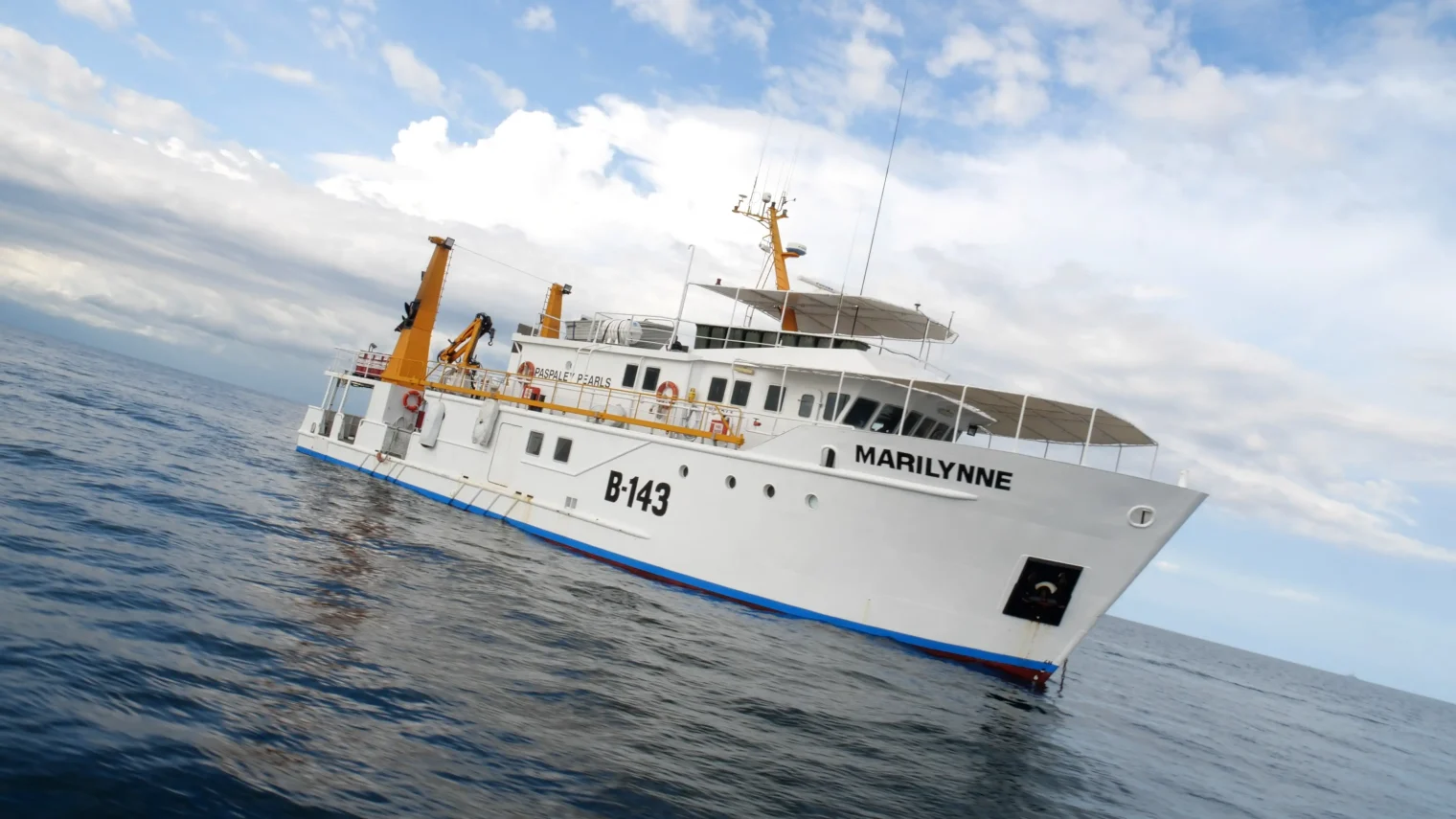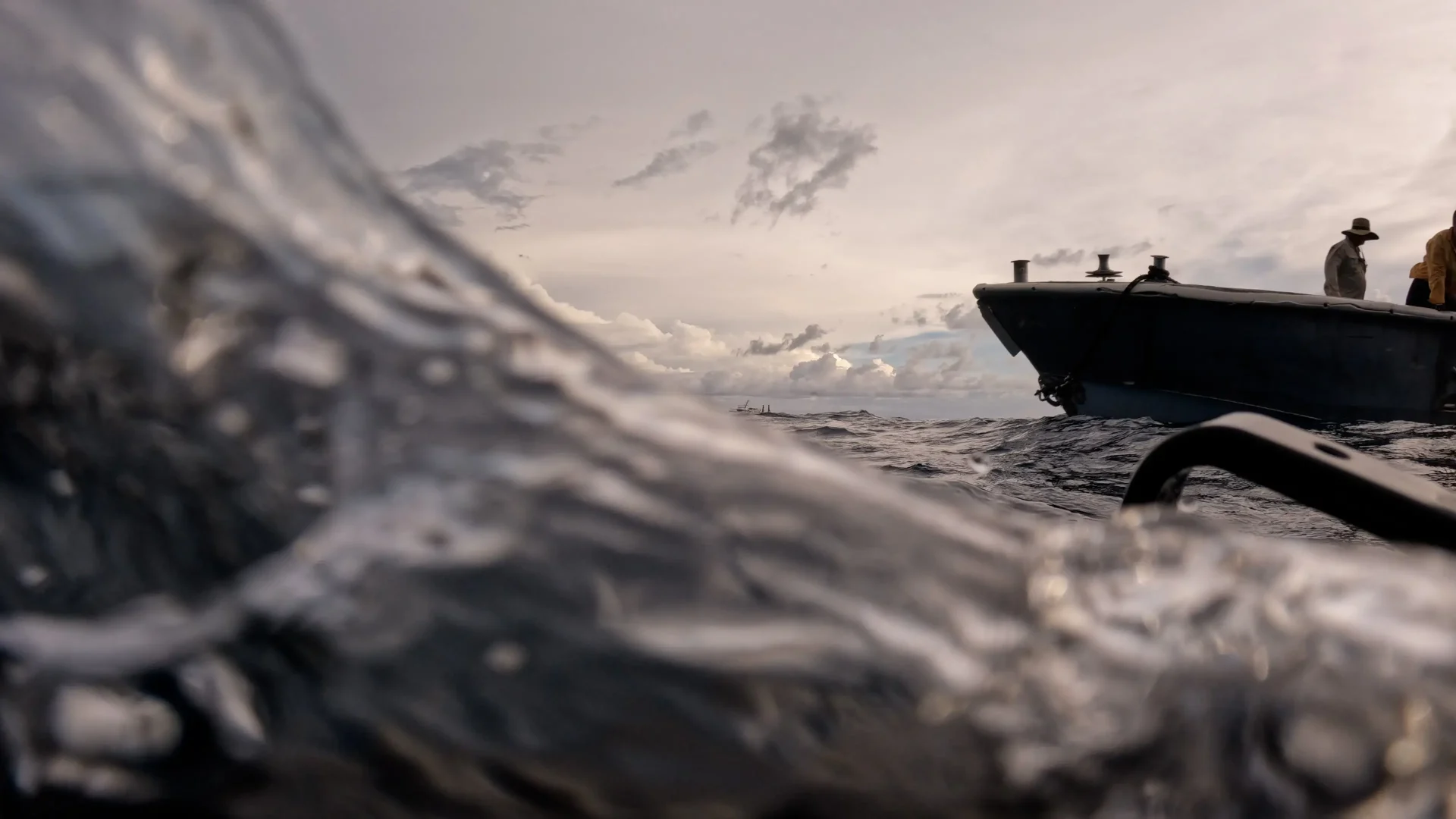
In a groundbreaking expedition, the Major Projects Foundation successfully completed the first archaeological survey of the I-124 Japanese submarine, which was sunk during WWII off the coast of Darwin, Northern Territory.
This project, carried out in collaboration with the Australian and Northern Territory Governments, Paspaley Pearls, Flinders University, and the Australian Japanese Association of the NT was a significant step in both historical preservation and marine archaeology.
Objectives & Outcomes
The primary goal of the expedition was to map and document the wreck of the I-124 submarine, which has been submerged for over 80 years. This wreck is not only a war grave but also a critical site of historical and cultural significance for both Australia and Japan.
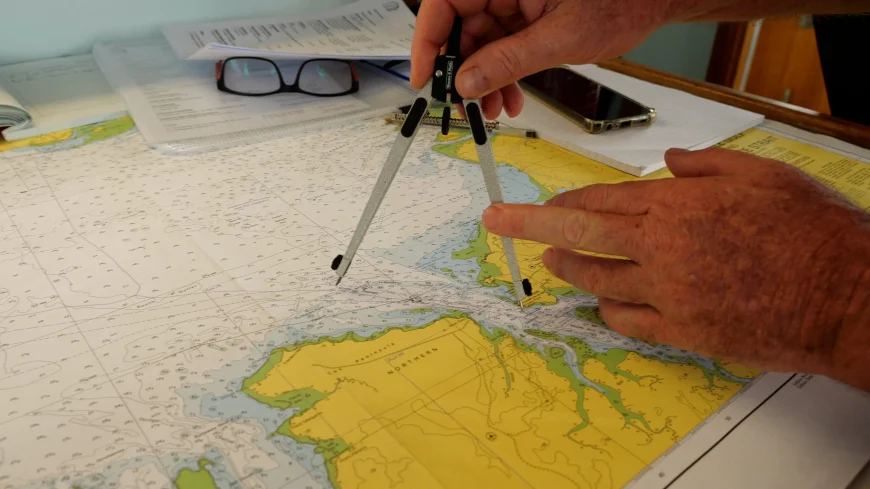
Accurate Mapping and Documentation
Utilising state-of-the-art remote sensing equipment, including sonar and photogrammetry, the team created detailed maps and 3D models of the wreck. This data is essential for ongoing preservation efforts and for understanding the site’s current condition.
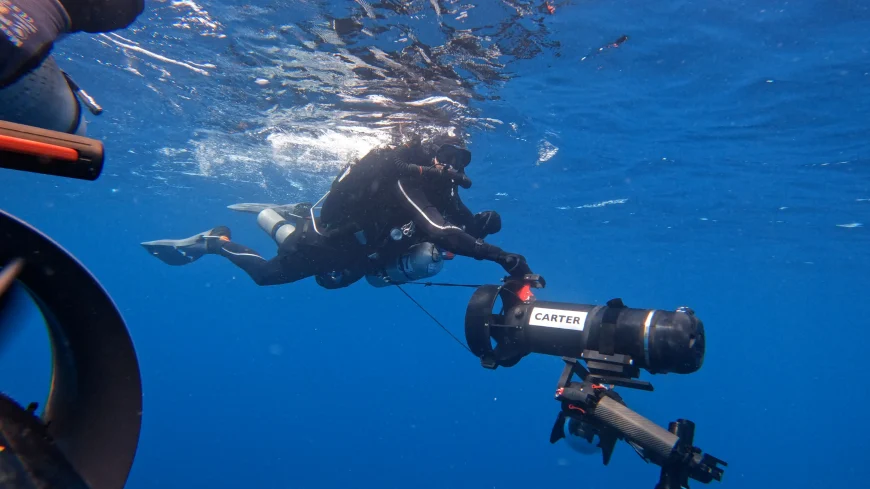
Virtual Reality Experience
To provide public access to this historically significant site, a virtual reality (VR) dive experience was developed. This innovative project allows individuals to explore the I-124 submarine without physical intrusion, preserving the integrity of the wreck while making it accessible to a global audience.
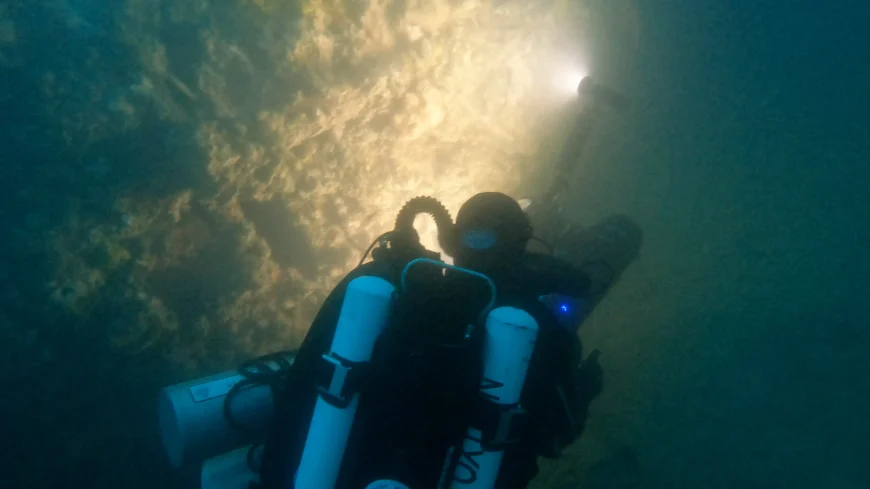
Conservation Insights
The expedition revealed that the submarine, although in relatively good condition, shows signs of degradation. This information is crucial for developing future conservation strategies to protect the wreck from further deterioration.
Key Expedition Activities
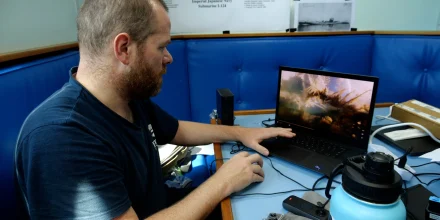
The survey utilised advanced sonar technology from the AIMS research vessel, RV Solander, to capture high-resolution images and create a detailed 3D map of the submarine wreck.
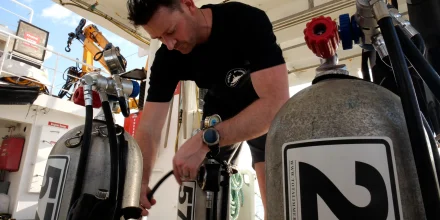
Technical divers conducted the first dives on the I-124 in over 38 years, using rebreathers and underwater scooters to navigate the strong currents and murky waters. These operations were crucial for collecting physical data and validating remote sensing findings.
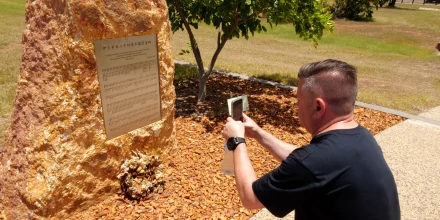
The project highlighted the historical significance of the I-124 submarine, which played a pivotal role in the maritime operations of WWII. The collected data supports the preservation efforts mandated by the Commonwealth Underwater Cultural Heritage Act 2018.

Future Directions
The successful survey of the I-124 submarine sets the stage for future conservation and educational initiatives. The data collected will inform preservation strategies, while the VR experience will continue to educate the public about this significant historical site.

